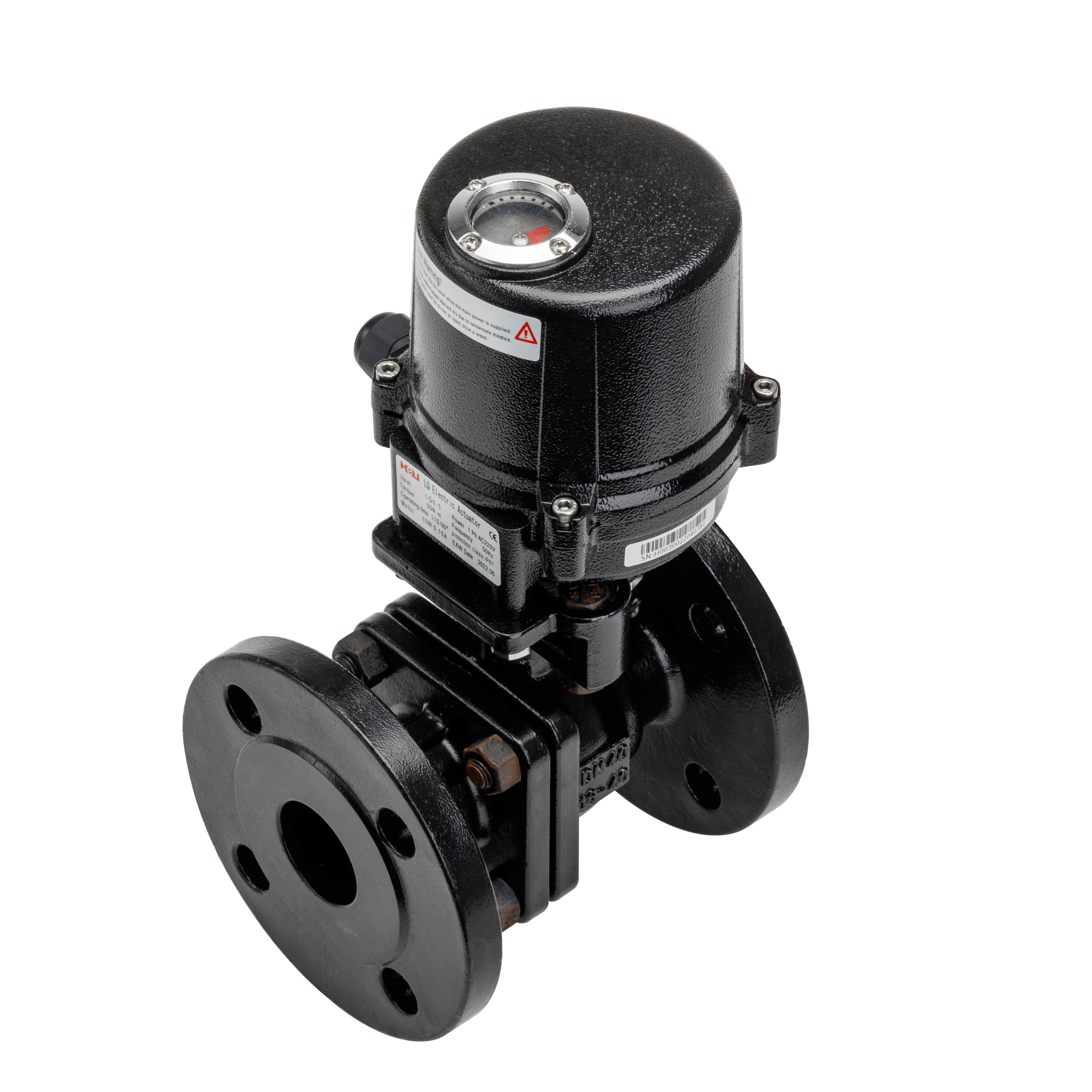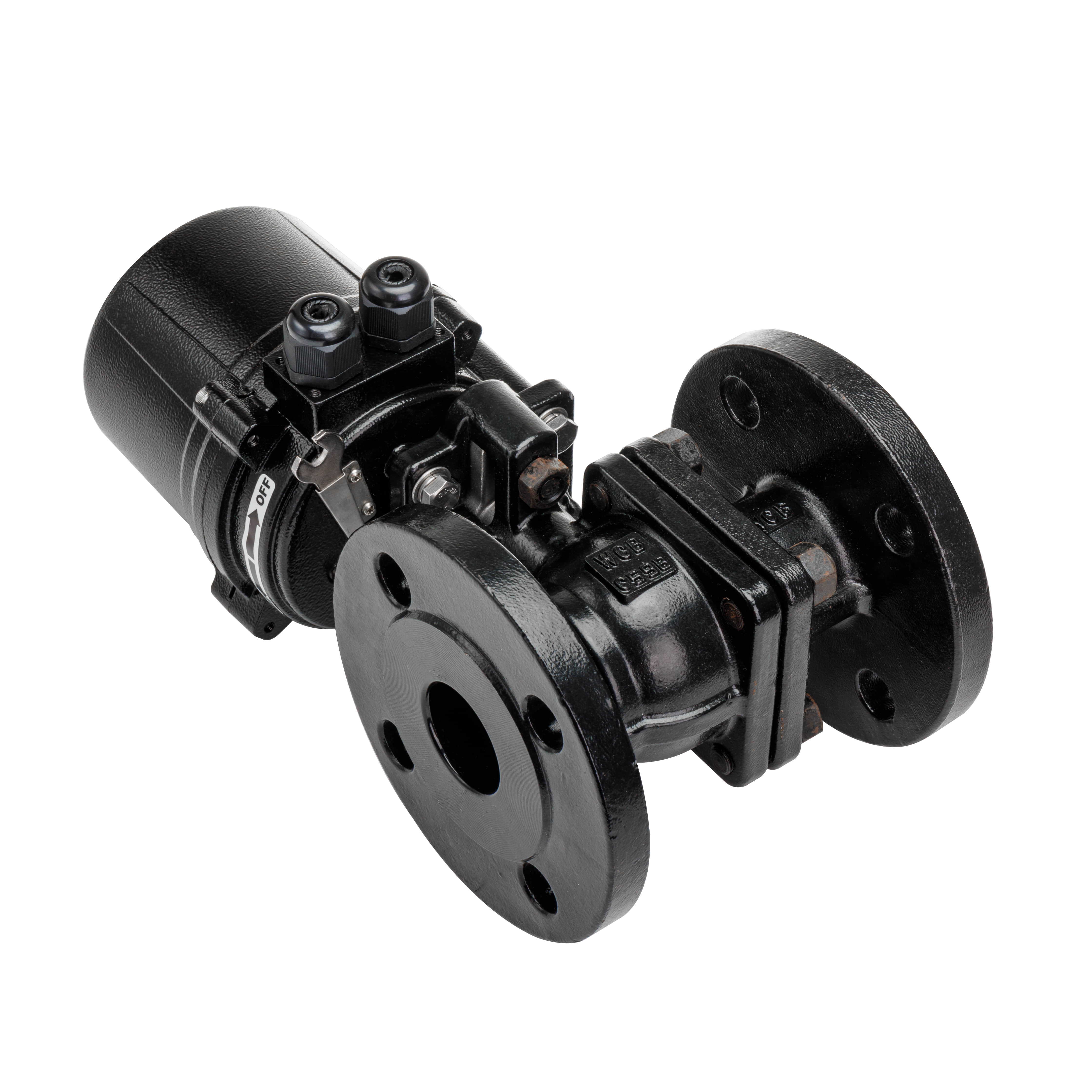
In modern industrial systems, maintaining precise control over the flow of fluids and gases at varying temperatures and pressures is critical. One component that plays an essential role in achieving this goal is the electric high temperature ball valve. These valves combine the durability and reliability of ball valve technology with the convenience and precision of electric actuation, making them ideal for applications that involve high temperatures and demanding operational conditions. In this article, we will explore the features, benefits, applications, and considerations for choosing electric high temperature ball valves.

What is an Electric High Temperature Ball Valve?
An electric high temperature ball valve is a type of quarter-turn valve that is designed to regulate the flow of fluids or gases in a pipeline under high-temperature conditions. It consists of a spherical ball with a hole or port through the center, which rotates within the valve body to control the flow. The electric actuator is used to rotate the ball valve, allowing for precise and automated control over the opening and closing of the valve. This type of valve is particularly well-suited for environments where high temperatures (often exceeding 200°C or 392°F) are present, and where automated or remote operation is required for efficiency and safety.
